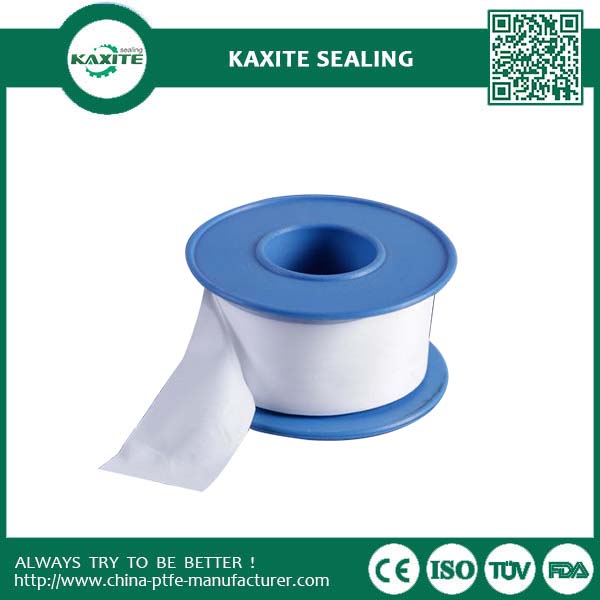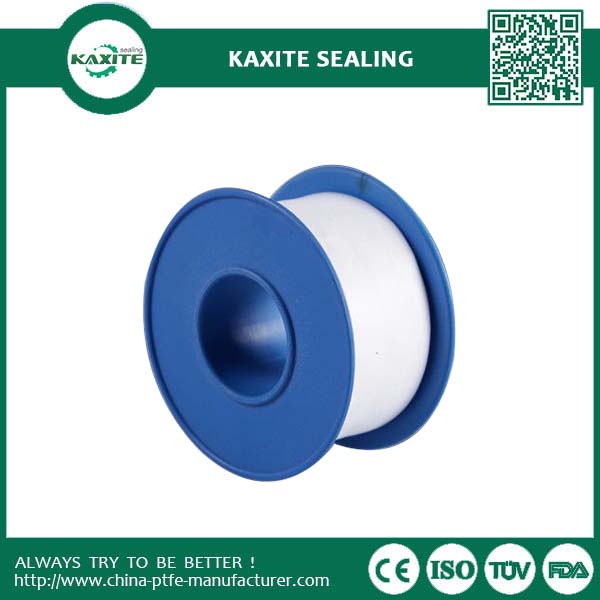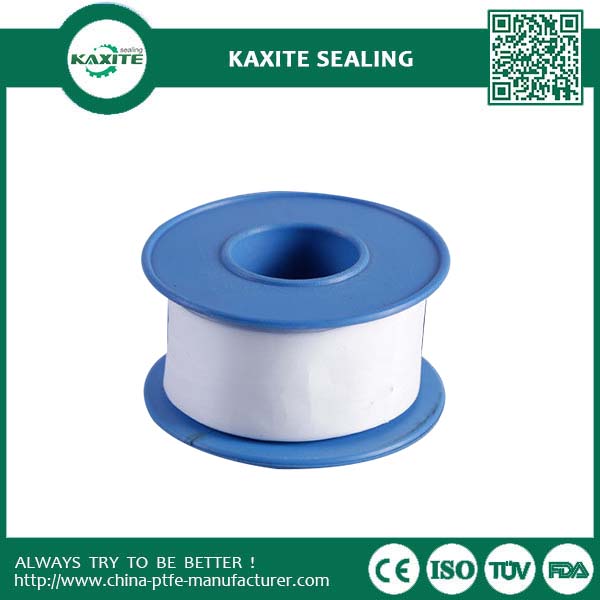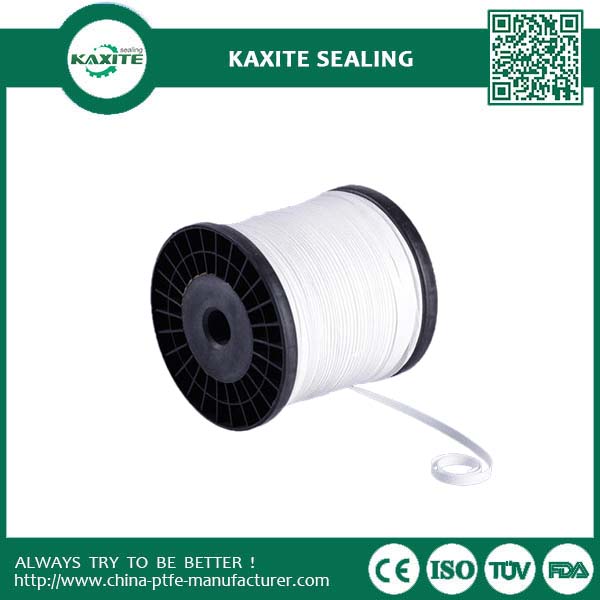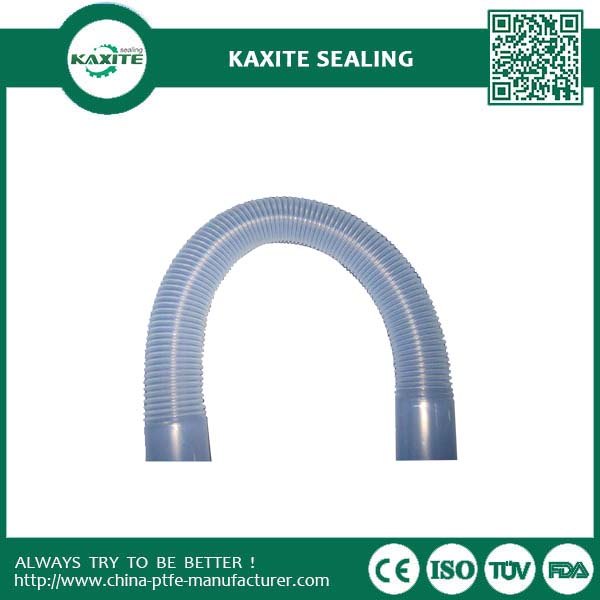Product Categories
News & Events
Advantage of PTFE
Advantage of PTFE
Heat
PTFE retains its properties after exposure to temperatures beyond the limit of almost all other thermoplastics and elastomers. Depending on the end use requirements, PTFE is rated for continuous service at temperatures as high as 500 F. It can also sustain short exposure at higher temperature.
Flame resistance
PTFE offers extraordinary resistance to high temperature and flames because it has a very high melting point and auto ignition temperature, as well as exceptional thermal degradation thresholds. PTFE's flame propagation characteristics, such as rate of heat release and smoke generation is very low.
Friction and wear
PTFE has one of the lowest coefficients of friction of any solid material. Its abrasions resistance is adaptable to demanding environments by using inorganic fillers such as glass fiber, carbon or graphite.
Contamination
PTFE is chemically pure and inert. It contains no additives such as lubricants, stabilizers, plasticizers or antioxidants that can contaminate process fluids.
Adhesion/Release
PTFE has an extremely low surface energy in the solid state. This provides an excellent anti-stick, non-wetting contact surface. Conversely, when these resins are in a molten form, they become low surface-tension liquids, ideal for hot melt adhesives.
Low temperature service
PTFE retains its excellent properties even at cryogenic temperatures. PTFE's impact resistance at these temperatures exceeds that of most other polymers.
Service life
PTFE exhibits excellent retention of properties after a long period of time, even at elevated temperatures and in the presence of oils, solvents, UV light, oxidizing agents and other environmental agents.
Light stability
PTFE has one of the lowest refractive indexes. It does not change its visual appearance after exposure to ultraviolet or infrared light.
Dielectrics
PTFE has remarkable dielectric strength, low dielectric constant, low loss factors and high specific resistance. PTFE surpasses most material in its level and stability of dielectric properties over a wide range of environmental conditions.
Biodegradation
PTFE is inert to microbiological and enzymic attack because the pure polymer does not provide any nourishment or porosity for these growths.
Atmospheric aging
PTFE is not affected by ultraviolet and is resistant to oxidation, discoloration, and embitterment.
Humidity
PTFE is completely resistant to hydrolysis. PTFE is a good barrier for water permeation. Its typical properties and dimensional stability remain unchanged even after long periods of time in water.

